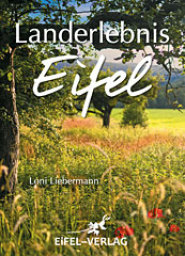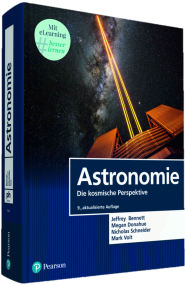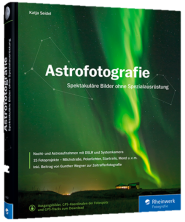Wissenschaftliche Fachartikel
LED lighting increases the ecological impact of light pollution irrespective of color temperature
Recognition of the extent and magnitude of night-time light pollution impacts on natural ecosystems is increasing, with pervasive effects observed in both nocturnal and diurnal species.
Municipal and industrial lighting is on the cusp of a step change where energy-efficient lighting technology is driving a shift from “yellow” high-pressure sodium vapor lamps (HPS) to new “white”
light-emitting diodes (LEDs). We hypothesized that white LEDs would be more attractive and thus have greater ecological impacts than HPS due to the peak UV-green-blue visual sensitivity of nocturnal
invertebrates. Our results support this hypothesis; on average LED light traps captured 48% more insects than were captured with light traps fitted with HPS lamps, and this effect was dependent on
air temperature (significant light × air temperature interaction). We found no evidence that manipulating the color temperature of white LEDs would minimize the ecological impacts of the adoption of
white LED lights. As such, large-scale adoption of energy-efficient white LED lighting for municipal and industrial use may exacerbate ecological impacts and potentially amplify phytosanitary pest
infestations. Our findings highlight the urgent need for collaborative research between ecologists and electrical engineers to ensure that future developments in LED technology minimize their
potential ecological effects.
Read More: http://www.esajournals.org/doi/full/10.1890/14-0468.1
Read More: http://www.esajournals.org/doi/full/10.1890/14-0468.1
LED lighting increases the ecological impact of light pollution irrespective of color temperature
14-0468.1.pdf
PDF-Dokument [4.0 MB]
14-0468.1.pdf
PDF-Dokument [4.0 MB]







